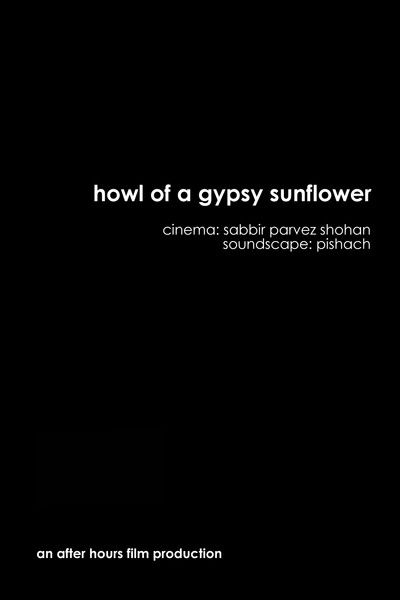Howl of a Gypsy Sunflower
CRY OF A PALINDROMIC WOMB
Genres
Documentary
OverView
A dark and visceral journey. A language that tears apart the morbid nature of the dead-old primal human eyes. No warning was given. No mercy was shown.
Others
Budget
$5
Revenue
$--
Status
Released
Original Language
Bengali
Runtime
7 mins
Rating
0/10
Release Date
07 June 2018
Country
Bangladesh
